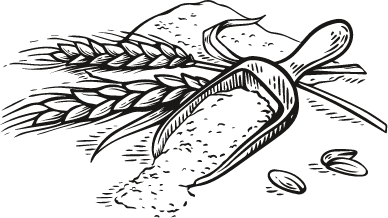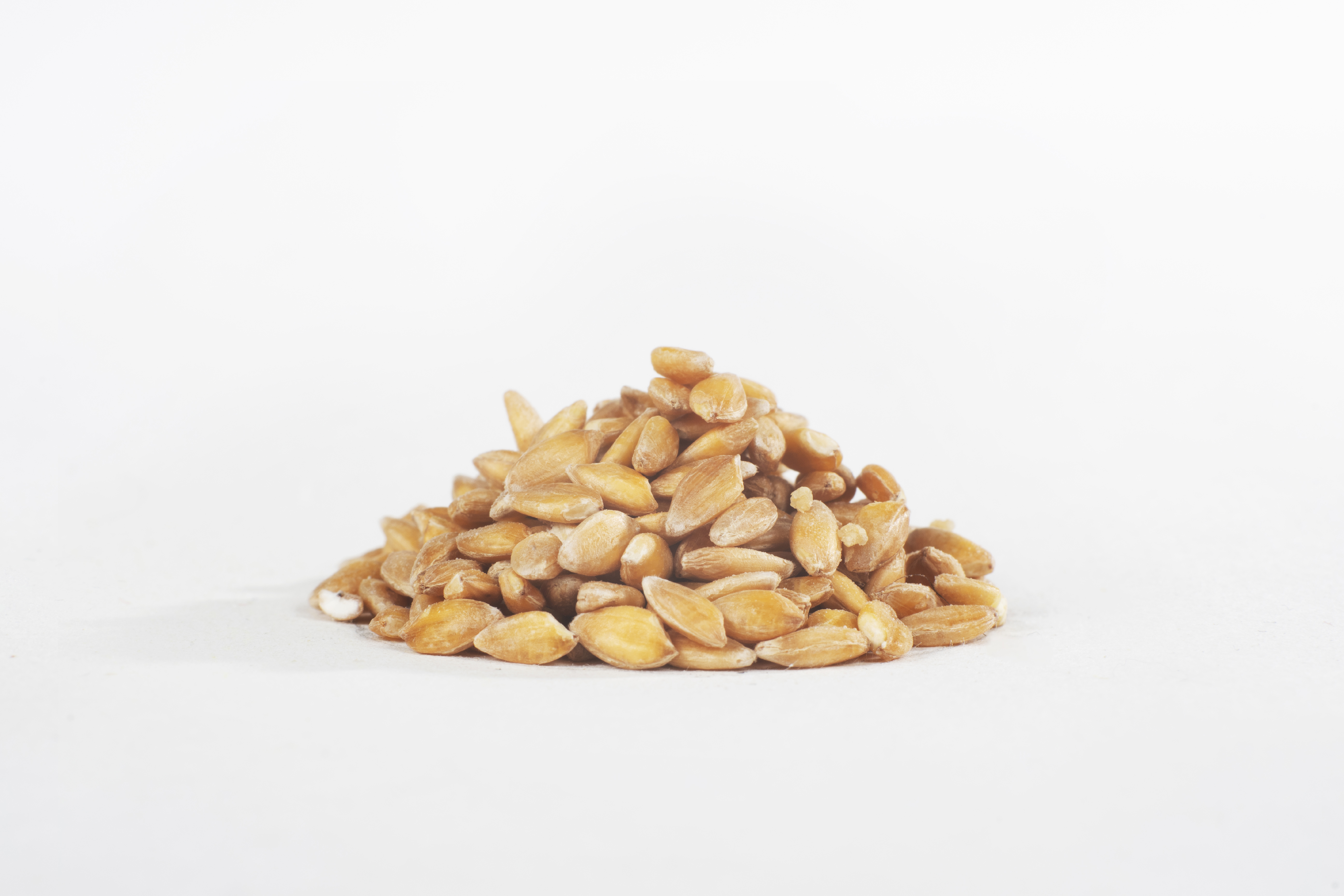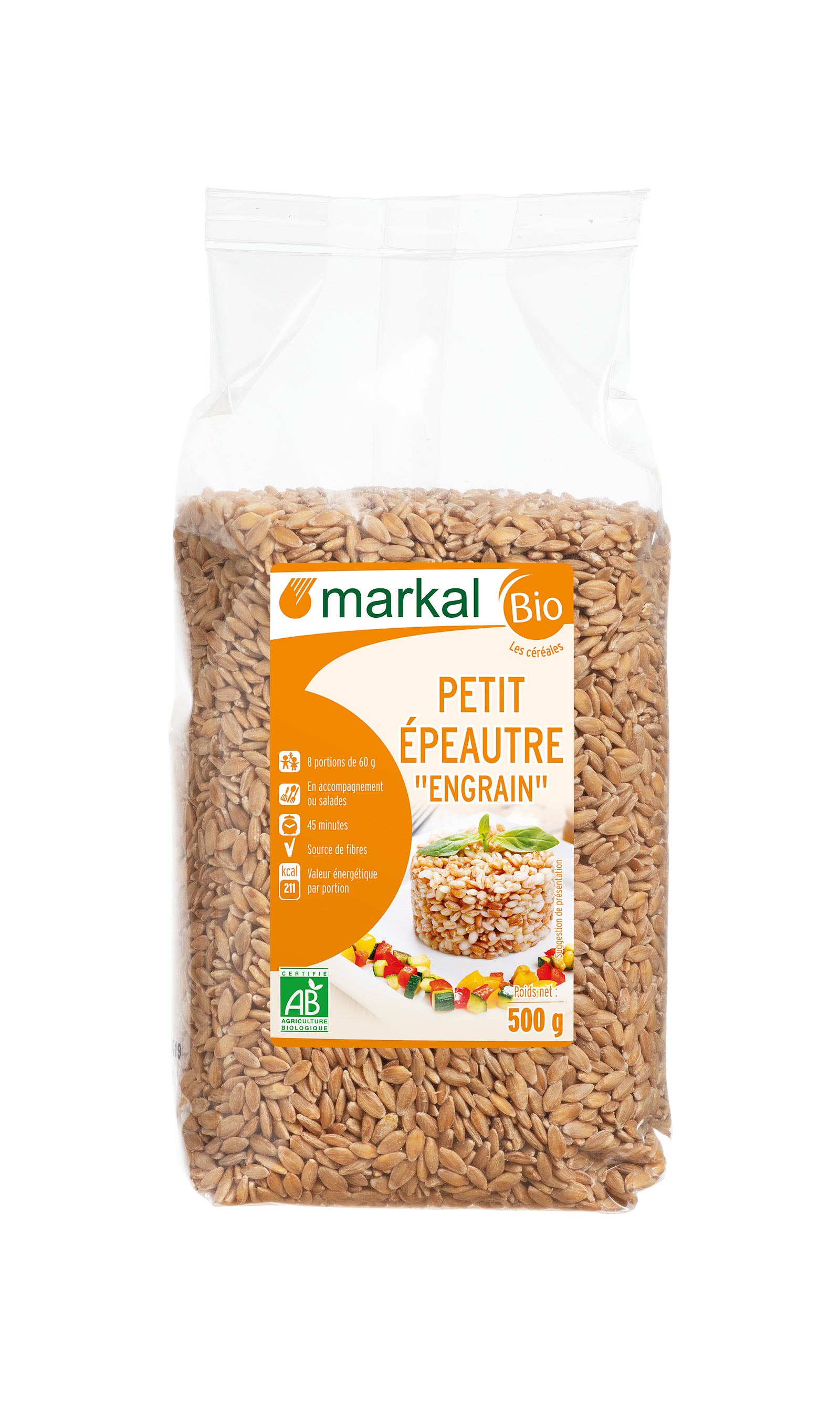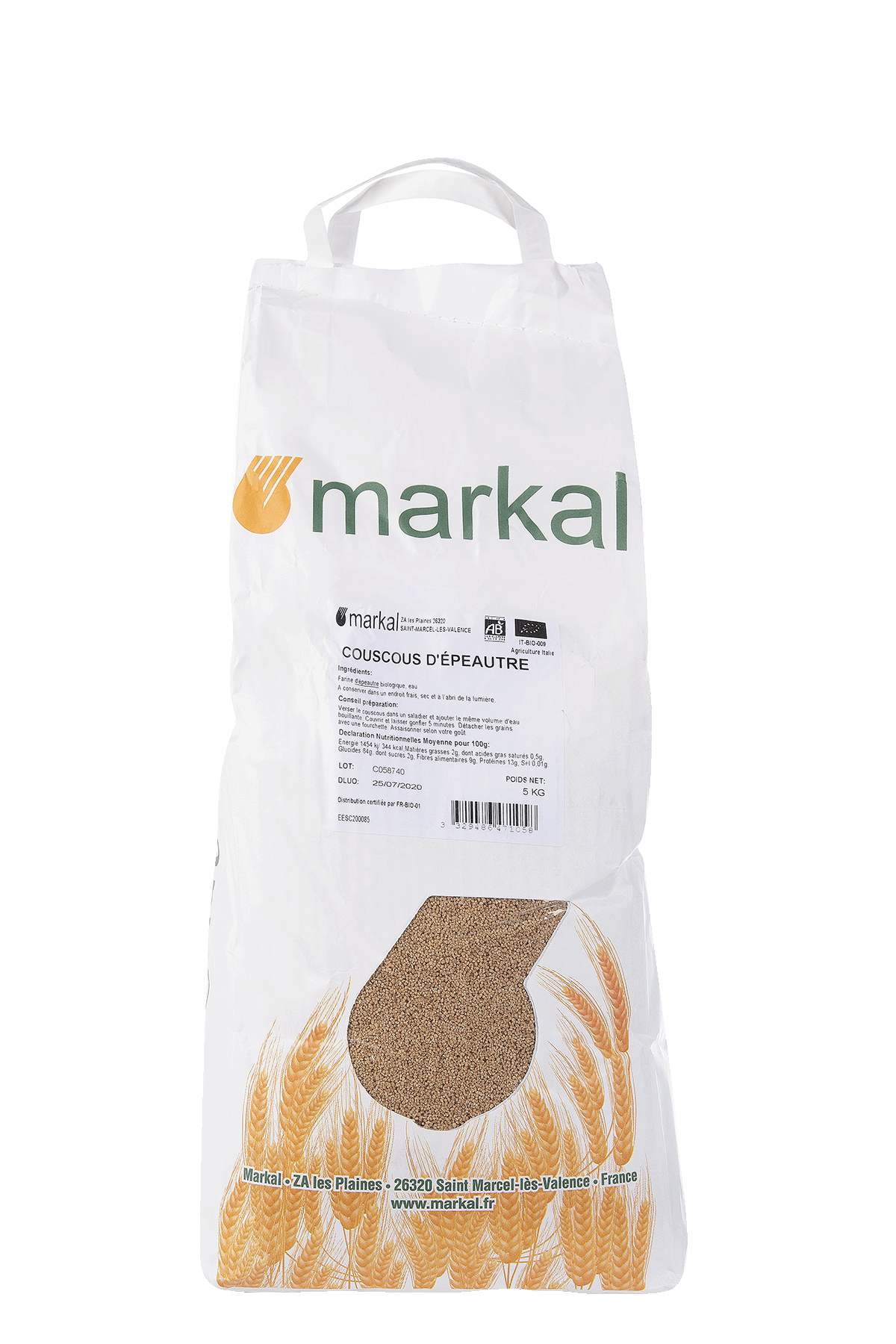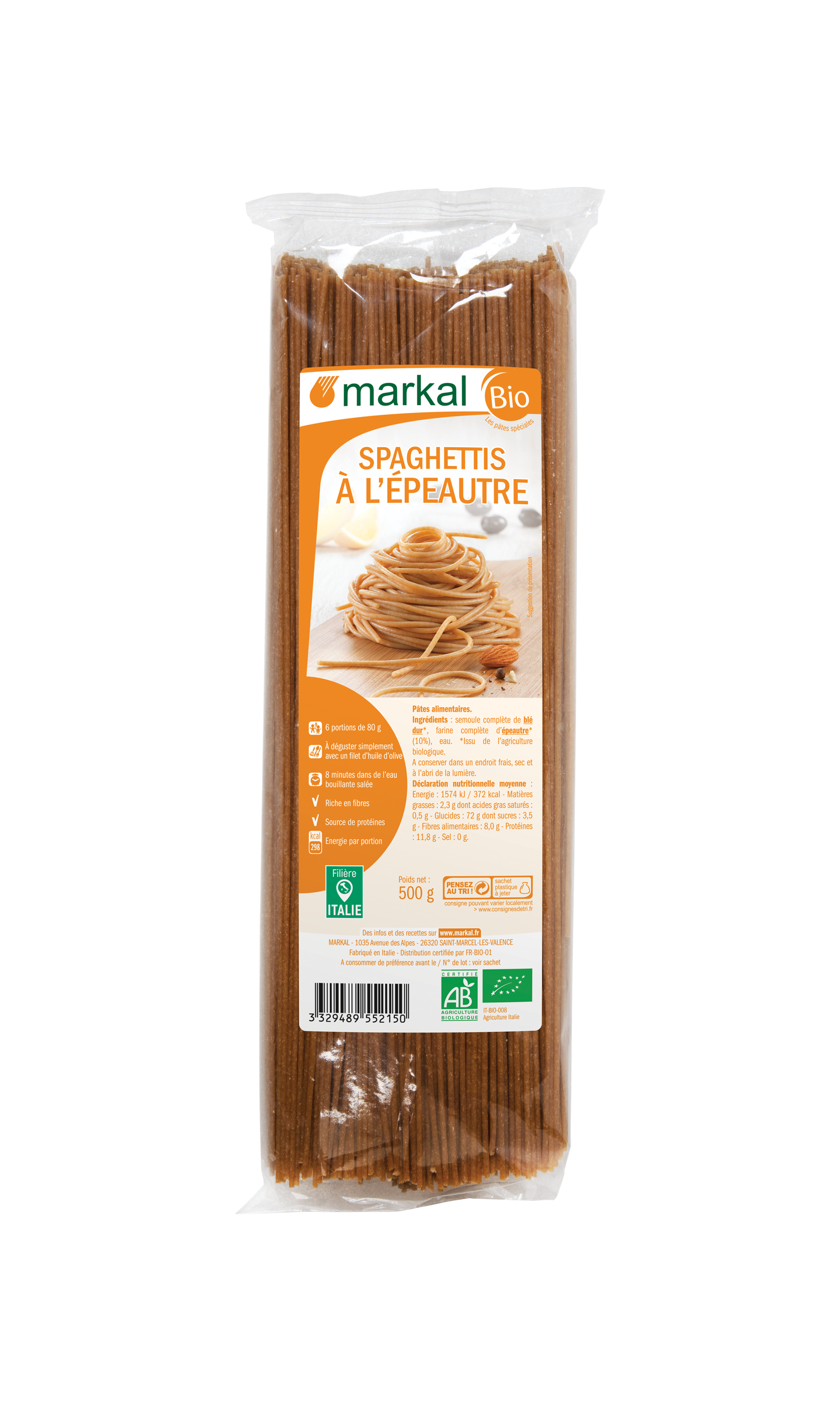Einkorn
History
Its low yield (11 months for a cycle) and shelling made it fall into disuse in the Middle Ages. Its return to favor is due to its authenticity.
Portrait
Called "Einkorn" for one grain: a single grain per spelt, an unsplit grain (a bit like rice) which makes it easily identifiable.
It has a nutty taste, a firm texture, it can also be soaked before cooking.
Einkorn has the advantage of being a hardy cereal: it is resistant to disease, adapts well on poor terrain and harsh climatic conditions, and requires little work. Einkorn is a source of protein and high in fibre.
It contains a lower level of gluten than the average of other cereals. It's more digestible.
It will therefore be ideal for people looking to reduce their gluten consumption.
Derivatives
Einkorn flour.
Origin
100,000 years ago einkorn was borned in the Middle-East. It is an ancient cereal that has agronomic and nutritional characteristics. It is derived directly from the domestication of its wild ancestor Triticum monoococcum boeoticum through a gradual selection process.
Usage
Soak the einkorn for 12 hours to reduce cooking time. Place 1 volume of einkorn in 3 volumes of lightly-salted water. Slowly bring to the boil then reduce to a simmer and cook for 45 minutes. Einkorn can be used in risotto and soup or alongside vegetables, meat or fish. It's also delicious when consumed cold in salads. Keep in a cool, dry and dark place.




